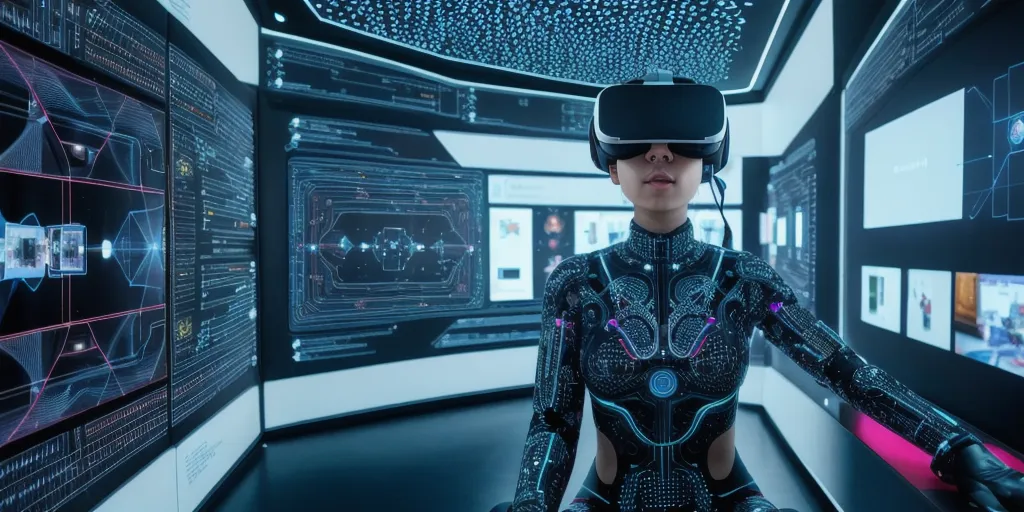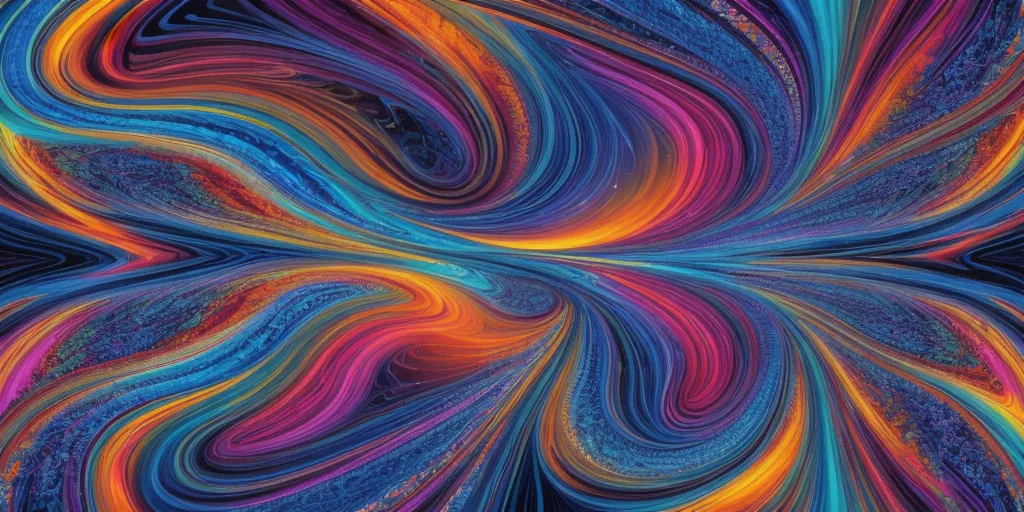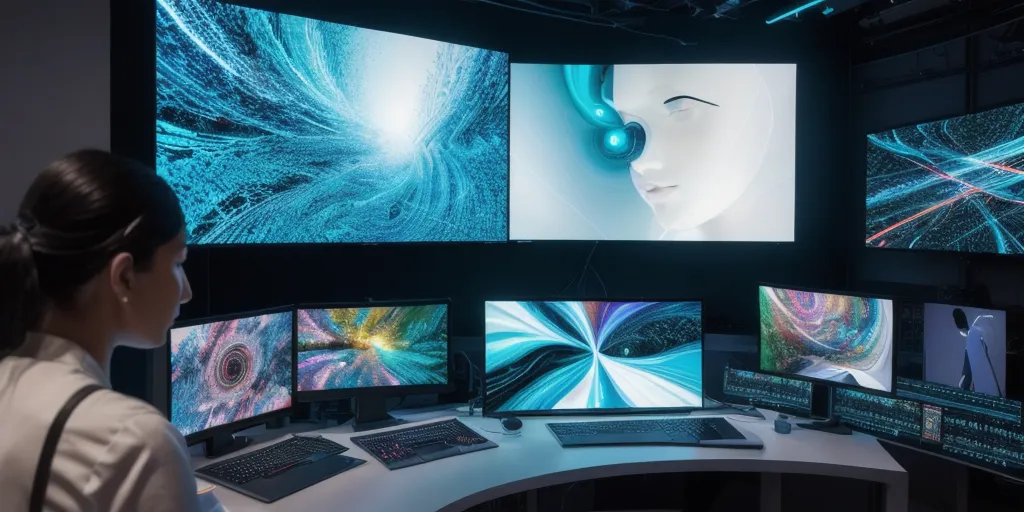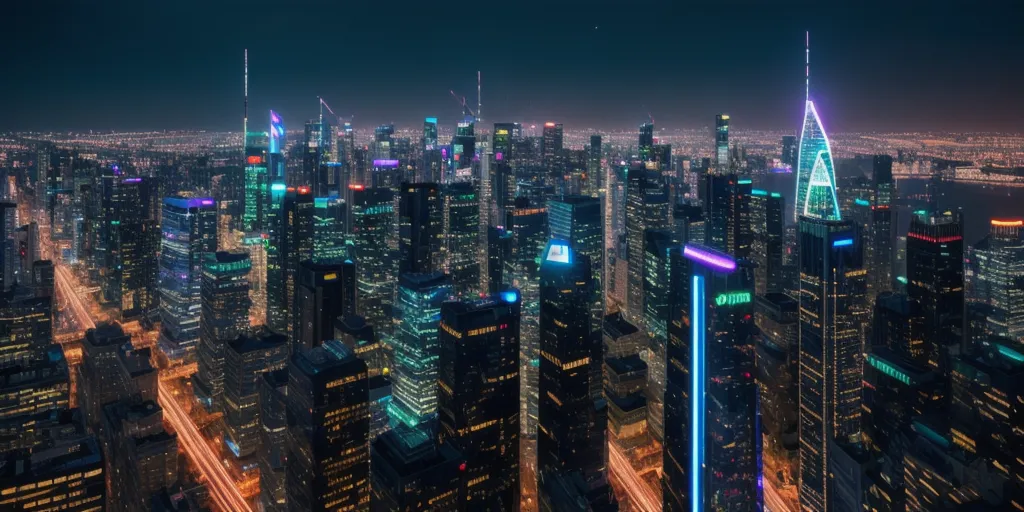To turn a video into AI art, you can utilize various deep learning algorithms and neural networks that are specifically designed for image processing and style transfer. One popular method is to use a technique called neural style transfer, which involves extracting the content and style from the video frames and then combining them to create a unique AI-generated artwork.
This process typically involves training a convolutional neural network on a large dataset of images to learn the style of a particular artist or painting.
Once the network has been trained, you can input the video frames and apply the learned style to generate AI art. Another approach is to use generative adversarial networks (GANs) to transform video frames into artistic images by generating new content based on the input video.
By leveraging the power of AI and deep learning techniques, you can transform ordinary videos into stunning pieces of AI art that showcase a blend of creativity and technology. With the right tools and expertise, you can explore the endless possibilities of turning videos into AI art and unleash your creativity in new and exciting ways.
What deep learning algorithms can be used to create ai art from videos?

Deep learning algorithms that can be used to create AI art from videos include Generative Adversarial Networks (GANs), Variational Autoencoders (VAEs), and Convolutional Neural Networks (CNNs).
GANs are particularly effective in generating realistic images by pitting two neural networks against each other – a generator network that creates images and a discriminator network that evaluates the generated images. VAEs are another option that can learn the underlying structure of videos and generate new content based on this learned representation.
CNNs, on the other hand, are commonly used for image recognition tasks and can be adapted to generate art from videos by processing frames sequentially. These deep learning algorithms can be trained on a dataset of videos to learn patterns, styles, and features that can then be used to generate new artistic content.
By leveraging the power of neural networks and advanced algorithms, AI art can be created from videos with stunning results. The combination of these algorithms allows for the creation of unique and visually appealing artwork that pushes the boundaries of traditional art forms.
How does neural style transfer transform video frames into ai art?

Neural style transfer is a technique that utilizes artificial intelligence to transform video frames into AI art by combining the content of one image or video frame with the style of another. This process involves extracting the content and style features from the input images using convolutional neural networks and then synthesizing a new image that combines these features.
In the context of video frames, neural style transfer can be applied frame by frame to create a consistent artistic style throughout the video. By applying this technique, video frames can be transformed into visually appealing AI art that reflects the desired artistic style.
This transformation process involves adjusting the content and style weights to achieve the desired balance between preserving the original content of the video frames and applying the artistic style.
Overall, neural style transfer offers a creative and innovative way to enhance video frames and turn them into unique pieces of AI art that showcase a blend of content and style elements.
What role do generative adversarial networks play in turning videos into ai art?

Generative adversarial networks (GANs) play a crucial role in turning videos into AI art by utilizing a two-part system consisting of a generator and a discriminator. The generator creates new content, such as images or videos, based on input data, while the discriminator evaluates the generated content to determine its authenticity.
Through this process of competition and collaboration, GANs are able to produce realistic and visually appealing artwork that mimics human creativity. In the context of video transformation, GANs can be used to generate unique and artistic visual effects, enhance video quality, or even create entirely new video sequences.
By training on large datasets of videos, GANs can learn to recognize patterns, styles, and structures within the data, allowing them to generate innovative and imaginative outputs.
This technology has revolutionized the field of AI art by enabling artists and creators to explore new possibilities and push the boundaries of traditional art forms. Overall, GANs are instrumental in transforming videos into AI art by harnessing the power of machine learning and neural networks to generate stunning and innovative visual content.
How can ai and deep learning techniques be leveraged to create artistic images from videos?

AI and deep learning techniques can be leveraged to create artistic images from videos through a process known as video-to-image translation. This involves training a deep learning model on a dataset of videos and corresponding artistic images to learn the mapping between the two modalities.
By using techniques such as convolutional neural networks (CNNs) and generative adversarial networks (GANs), the model can generate high-quality images that capture the artistic style of the input videos. Additionally, AI algorithms can analyze the content and composition of the videos to enhance the artistic quality of the generated images.
By leveraging the power of AI and deep learning, artists and designers can automate the process of creating visually stunning images from videos, saving time and effort while also exploring new creative possibilities.
This technology has the potential to revolutionize the field of digital art and design, opening up new avenues for artistic expression and innovation. As AI continues to advance, we can expect to see even more sophisticated tools and techniques for creating artistic images from videos, pushing the boundaries of creativity and imagination.